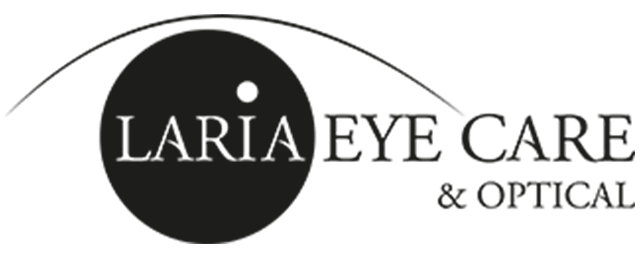
In today's digital age, constant interaction with screens has become an integral part of our lives. While these devices have transformed how we work and communicate, they've also raised a new concern: digital eye strain. Join us as we delve deep into this phenomenon and explore how to manage the discomfort of dry eyes in this screen-driven world. At Laria Eye Care, we're committed to providing in-depth knowledge and actionable strategies to keep your eyes healthy and comfortable. Make an appointment today.
The Rise of Digital Age Eye Strain
The prevalence of digital device usage has soared in recent years, with studies indicating a 30% increase in screen time. While beneficial in many ways, this trend has also brought forth the challenge of digital eye strain.
What Are the Symptoms of Digital Eye Strain?
Digital eye strain manifests in various ways, affecting individuals differently. Common symptoms include:
Eye Fatigue: A persistent feeling of tiredness and heaviness in the eyes.
Blurred Vision: Difficulty focusing on screens or nearby objects.
Dryness: An uncomfortable sensation of dry, scratchy eyes.
Headaches: Recurring headaches, often originating from eye strain.
Neck and Shoulder Pain: Muscular discomfort due to poor screen posture.
By recognizing these symptoms, you can pinpoint the onset of digital eye strain in your daily life.
Causes of Dry Eyes Related to Digital Eye Strain
Dry eye syndrome is a prevalent condition that our screen-driven lifestyle can exacerbate. Common causes of dry eye include:
Reduced Blinking: Intense screen focus leads to reduced blinking, decreasing the eye's natural lubrication.
Screen Glare: Excessive screen glare prompts squinting and eye strain, worsening dryness.
What Are The Symptoms of Dry Eye?
Understanding the symptoms of dry eyes is crucial for timely intervention and relief.
Burning Sensation: Dry eye can cause an uncomfortable burning or stinging feeling.
Excessive Tearing: Paradoxically, dry eyes may lead to watery eyes as the body attempts to compensate.
Sensitivity to Light: Dry eye can lead to a sensitivity to light, especially artificial lighting.
Redness: Bloodshot eyes due to irritation and inflammation.
When you spot these signs, you can take action to manage dry eyes effectively.
How Does Blue Light Affect Your Eyes?
Blue light, a high-energy, short-wavelength light emitted by digital screens, affects eye health in several ways. Prolonged exposure to blue light can result in discomfort and dryness of the eyes. Blue light penetrates deep into the eye, potentially causing strain and irritation.
Managing Dry Eyes in a Screen-Driven World: Practical Strategies for Relief
To alleviate the discomfort associated with digital eye strain and dry eyes, incorporating targeted relief strategies is crucial:
- Adhering to the 20-20-20 rule can provide significant relief. Take a break every 20 minutes to focus on an object at least 20 feet away for a minimum of 20 seconds.
- Optimizing screen settings, such as brightness and contrast, can reduce eye strain. Investing in blue light-blocking technology, like special screen filters or blue light glasses, can also mitigate the effects of prolonged screen exposure.
- Artificial tears or lubricating eye drops can help maintain optimal eye moisture levels, relieving dryness and discomfort.
Recommended Eye Care Routines
Prioritize Regular Blinking: Blink frequently, especially when working on a computer, as it helps maintain eye moisture, preventing dryness and irritation.
Take Frequent Breaks: Allocate at least one 10-minute break every hour to reduce the risk of computer vision syndrome and alleviate strain on the neck, back, and shoulders.
Stretch and Move: During breaks, stand up, stretch, and move around to reduce tension and muscle fatigue, promoting overall comfort.
Adjust Workstation: To maintain optimal posture at your workstation, ensure your computer screen is positioned between 20 to 24 inches from your eyes and is slightly below eye level.
Maintain Proper Lighting: If using a desk lamp, position it to avoid shining into your eyes or onto your computer screen, preventing glare and discomfort.
Now that you understand the impact of digital eye strain and dry eyes, taking proactive measures for optimal eye health is crucial. By working together, we can ensure your eyes stay comfortable and healthy in this screen-driven world.
Call Laria Eye Care at 305-225-1145. Regain your quality of life through better vision.
